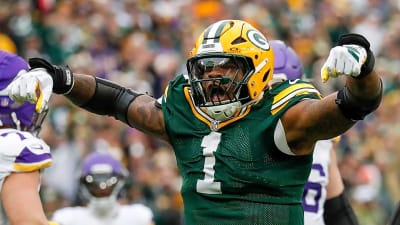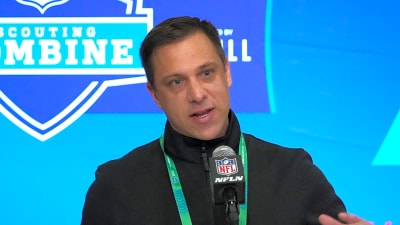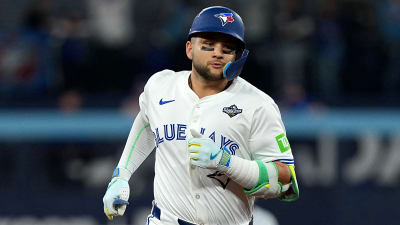x
One of the biggest mysteries since the launch of the Indigo Disk DLC has been the whereabouts of the mythical Pokémon Meloetta. Dataminers discovered there was an encounter in the DLC somewhere, but it took a while for anyone to work out how to trigger it. Thankfully, it’s now been uncovered and you can catch this mythical Pokémon right now. We’ll explain how to find and catch Meloetta in the Pokémon Scarlet & Violet DLC. Before you start, you may need to have completed the DLC’s main story before Meloetta will appear, but it’s not confirmed. If the below method isn’t working and you haven’t beaten the story, try finishing it and coming back. What you need to do is head to a specific spot east of the outdoor classroom in the Coastal Biome, shown on the map above. In this grassy patch, there will be a bush that has a small whirlwind of leaves spinning around it – you’ll need to get quite close for the effect to appear. Stand in the middle of this whirlwind of leaves and perform a spin in the same directio
More must-reads:
- Red-hot Pelicans extend win streak behind Zion Williamson's big night
- Rams make change to coaching staff after special teams meltdown
- The '2004-05 NFL passing leaders' quiz
Customize Your Newsletter
 +
+
Get the latest news and rumors, customized to your favorite sports and teams. Emailed daily. Always free!








